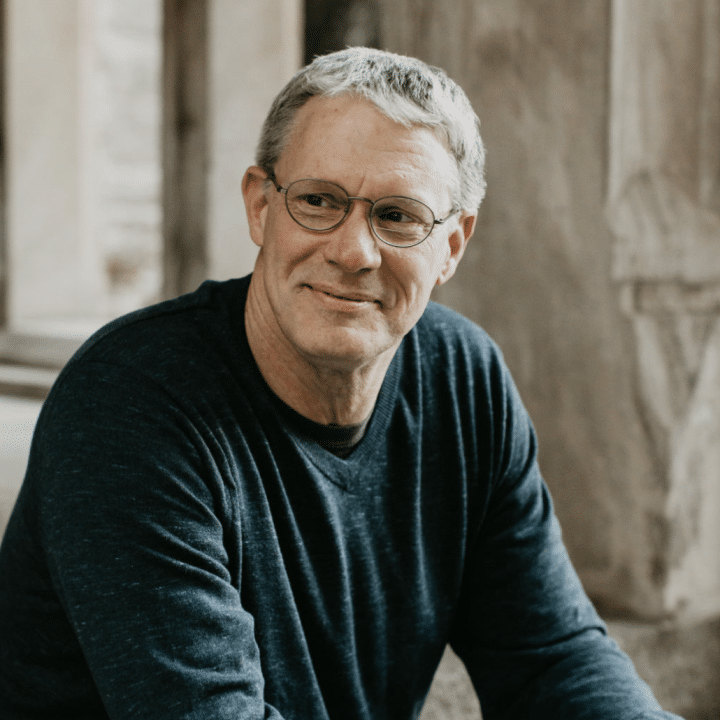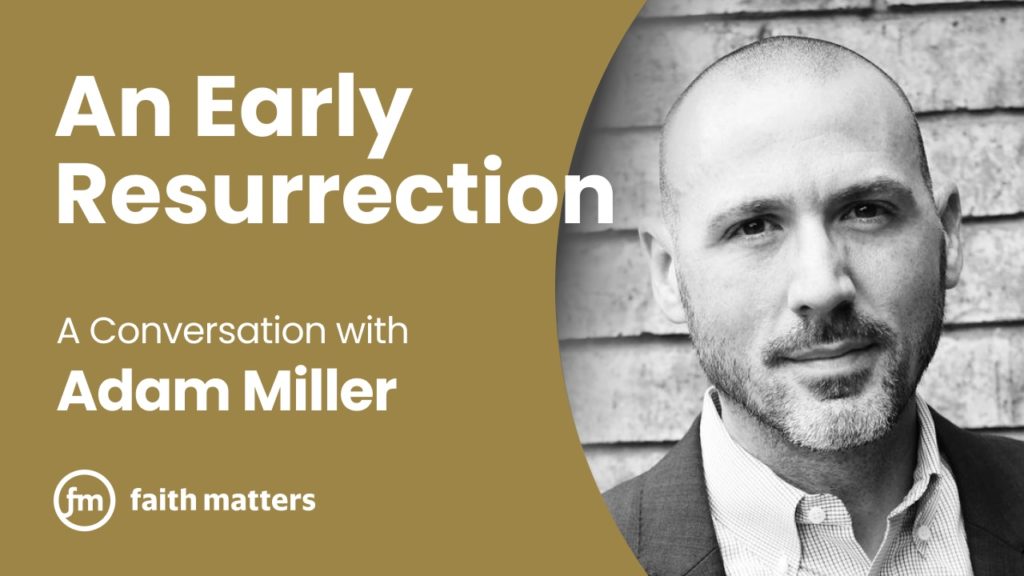[callout_inline title=”The famous astronomer Carl Sagan’s challenge to religion”]
“How is it that hardly any major religion has looked at science and concluded, ‘This is better than we thought! The Universe is much bigger than our prophets said, grander, more subtle, more elegant?’ Instead they say, ‘No, no, no! My god is a little god, and I want him to stay that way.’ A religion, old or new, that stressed the magnificence of the Universe as revealed by modern science might be able to draw forth reserves of reverence and awe hardly tapped by the conventional faiths.”
[/callout_inline]
The Earth plays an unusually important role in the Restored Gospel, making ours among the most science-friendly, environmentally-friendly theologies in the Judeo-Christian tradition. Joseph Smith restored three accounts of the creation, through the temple endowment ceremony, the Book of Moses and the Book of Abraham. Plus we have abundant teachings contained in the Doctrine and Covenants regarding our stewardship of natural resources. I’m going to briefly explore three distinct aspects of the Restoration that point to a very rich story of creation.
How Was the Earth Created?
While scriptures generally focus on why the earth was created, we also learn from the restored accounts a few important things about how. As just one example, we read in the Book of Abraham that the Creation didn’t happen instantaneously or over a few short days, as many believers used to assume. We learn rather that our sense of time is quite different from the Lord’s and that the Creation took place over the course of a much longer period and in stages (see Abraham 3). This account is compatible with what we have learned from science about the age of the earth.
From the restored gospel’s creation account we learn that the earth was created out of unorganized matter. Our Creator is more a director of a symphony of life than a magician who pulls rabbits, rats, and rattlesnakes from his Creationist hat. His creative power lies in the capacity to partner continually with nature’s laws and with pre-existing chaos in order to make novelty and life possible. I believe this too resonates with what contemporary science tells us about how the universe and life on this planet have emerged.
People of other faiths have joined in telling a richer story of creation. I highly recommend the Emmy-winning Journey of the Universe, a wonderful film that highlights the story of the origins of the universe and of life on earth, as understood by contemporary science. The story makes room for a spiritual appreciation for the Creation, one akin to our restored gospel understanding.
I also highly recommend William Brown’s The Seven Pillars of Creation: The Bible, Science, and the Ecology of Wonder, which reads the Bible and contemporary science side by side in a way that Latter-day Saints will find inspiring.
If God uses time and process to create life, can we imagine that destroying God’s creation can be excused just because God, with the snap of his fingers, can make it all right again? As acclaimed botanist Paul Cox puts it in one of the most important essays on stewardship written by a Latter-day Saint, a world of such staggering beauty and diversity as this Earth that takes billions of years to create is not something to trifle with or degrade with impunity. It is a masterpiece, and when we destroy it with indifference, it is like taking a knife and slashing the canvas of a painstakingly and carefully created work of art. Cox writes: “As we reverence the Savior, let us treat His masterpiece with reverence and humility.” Such reverence honors Christ the Creator.
I have sometimes been heartbroken to hear my fellow Latter-day Saints suggest that because the earth is going to die anyway, there is little point in taking care of it. To imagine that I can pollute my body with impunity just because I am guaranteed a new one is to trivialize and dishonor the great gift of the Resurrection. Similarly, pollution and degradation of God’s magnificent gift of Creation fail to acknowledge the suffering and the painstaking and generous grandeur of Christ’s great work.
A Spiritual Creation
In these restored accounts of the Creation, we also read that there is a spiritual creation before a physical creation, making not just human beings but all plants and animals “living souls” (Moses 3:19). When we interact with plant and animal life, in other words, we are dealing with physical forms that radiate intelligence and light– God’s glory. Plants and animals are our biological and spiritual kin. Latter-day Saint understanding of the Creation, in other words, grants unusual spiritual identity and transcendent meaning to physical life.
The restored gospel does not separate heaven and earth. Both the Earth and the very bodies we inhabit provide the essential conditions for the highest degree of heaven. Even in the interim, this planet is where the spirits of the dead await the resurrection and where, we are taught by Joseph F. Smith, they engage in service on our behalf. “Heaven on earth” is not just an expression of endearment in our theology; it is our aspiration and promise.
In the restored accounts of the Creation, all living things have a right to joy in their posterity and a mandate to fulfill the purposes for which they were created. God commands not just human beings but all animal life to multiply and replenish the earth (see Genesis 1:22).
In the theology of the restored gospel, learning to occupy bodies and inhabit this earth is the very purpose of this life. God promises us unique joy that comes from the union of spirit and body and of heaven and earth. “For man is spirit. The elements are eternal; and spirit and element, inseparably connected, receive a fulness of joy.” (D&C 93:33)
Our Role in the Creation
The restored gospel teaches that we had a pre-mortal existence and that we played a role in the Creation. We know little about that role, but at the very least, we were witnesses to the stages of development of life and were capable of rejoicing with God and with each other as we marveled at the glory and beauty of the Earth. To be able to experience awe and wonder in the face of Creation is a special gift of being human.
The Lord takes pleasure in our pleasure. We are made to experience life on this planet, with this weather and these life forms around us, so as to “please the eye and gladden the heart… to strengthen the body and to enliven the soul” (D&C 59:18). Such opportunities for pleasure began at the beginning: “out of the ground made I, the Lord God, to grow every tree, naturally, that is pleasant to the sight of man; and man could behold it” (Moses 3:9). We are made to feel awe in the witnessing of creation.
Awe is a decentering but sanctifying experience. The restored account adds to traditional biblical understanding by indicating that Moses contemplates worlds without number and learns, as we now know from contemporary science, that we inhabit an incomprehensibly vast universe. Moses finds himself collapsed from awe, recognizing that “man is nothing, which thing I never had supposed” (Moses 1:10). As children of God, created in His image, our dominion must be guided by proper humility.
The Adversary would prefer to distort our calling as stewards over the Creation and inspire us to rule over the earth with greed as our own gods. It is no wonder Satan is so interested in tempting Moses as he had Adam and Eve, and as he later tempts Jesus, to degrade and use the earth for the sake of gain.
The history of the world records that exploitation of the earth creates and exacerbates inequality among God’s children. This is why we have such a strong mandate to use natural resources with “judgment, not to excess, neither by extortion” (see D&C 59:20) and to avoid waste so as to ensure more equitable distribution of resources (see D&C 49: 20-21). These stewardship principles are beautifully outlined and described in recent talks by Elder Steven E. Snow and Elder Marcus B. Nash. Thankfully, the Church has placed renewed emphasis on these principles, and lay members have begun to celebrate these doctrines so vital for the 21st century.
Stewardship is a way to acknowledge our own creation and our own obligation to participate responsibly in God’s ongoing creation and thereby learn to become creators ourselves. (For those interested, I have written elsewhere about how to apply these principles to the problem of climate change.)
Can Creation Heal Us?
The challenge for us is to turn our hearts to the children and to future generations. Our children are vulnerable to becoming the most nature-deprived in the history of our species and future generations are vulnerable to devastating impacts of our choices.
What do our children need to know about the earth and our role that we are not currently teaching them in our homes and wards? How often have we thought or talked about what it means that plants and animals are “living souls”? How might wards and stakes design activities and lessons that inspire awe and appreciation and teach collective responsibility for reducing our impact on the earth? How can we read and teach the scriptures in new ways that overcome environmental indifference and inspire service on behalf of the Creation? Will we make those who are understandably growing alarmed about our environmental problems feel needed and welcomed?
This is great and ennobling work that requires humility, determination, and faith in the restored gospel to guide us. It behooves us to work together to be scientifically literate, to understand the impact we are having on the planet, and to reduce that impact for the benefit of the poor and of future generations.
Explore more
- Watch an interview or read the transcript from BYU professors George Handley and Jani Radebaugh about the earth and its creation.
- Watch George’s conversation with Terryl Givens, “Can Creation Heal Us?”
- Watch the trailer to the Emmy-award winning Journey of the Universe documentary, or watch the documentary on Amazon.



